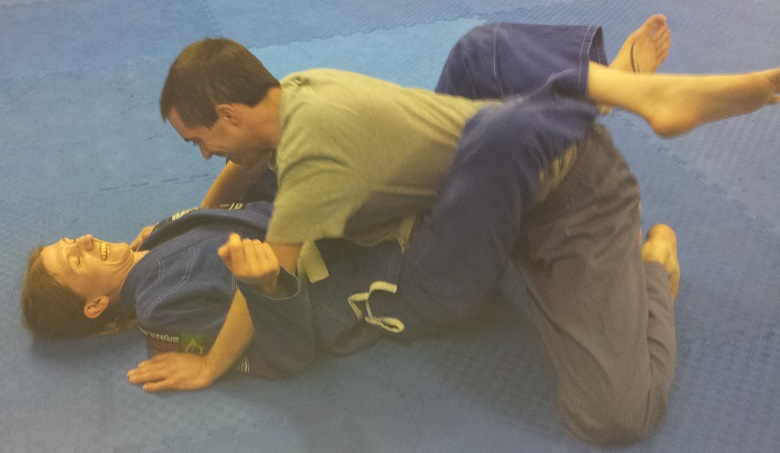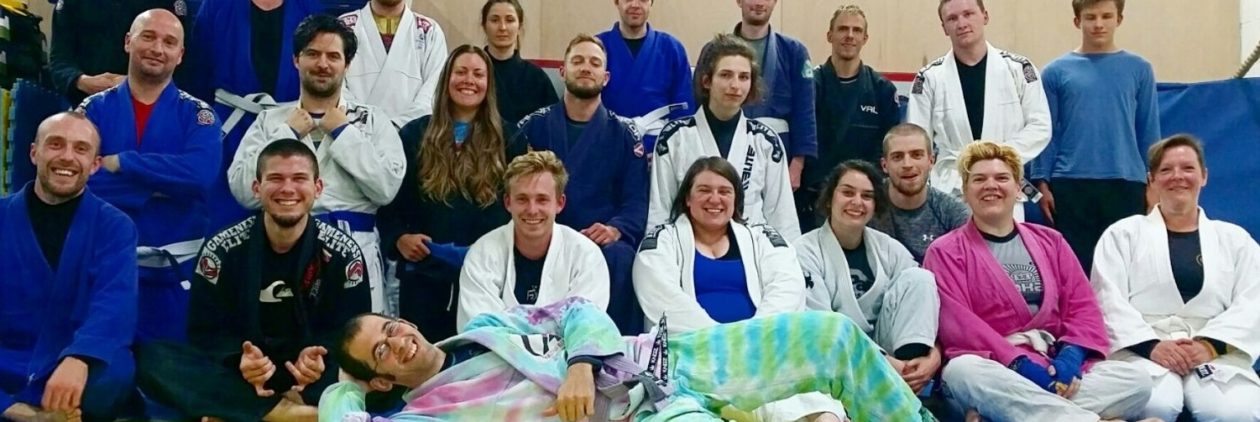
Brazilian jiu jitsu is probably most famous – and indeed most innovative – in its use of the guard position. Although this was certainly a part of BJJ’s parent art, judo, it is in BJJ that the guard has arguably reached its highest level of sophistication.
Closed guard is where it all begins. From the perspective of the person on the bottom, you need to control your partner’s posture, breaking them down so that they can neither sit up nor stand up. When you’ve broken their posture (we covered the basics of that on Monday), they will also find it harder to avoid your submission attempts.
The closed guard has numerous submission opportunities, such as chokes, armbars and omoplatas. The transition between the triangle, armbar and omoplata is particularly effective. However, If they manage to stand up, it becomes quite difficult to submit them, as they now have gravity on their side.
On the other hand, a standing opponent is still vulnerable to sweeps. We will be covering various sweeps this month, enabling you to move from the guard (essentially a neutral position) into mount, side control and the back (all dominant positions).
For the person on top, we will examine various methods for passing the closed guard, as well as basics like posture and grip breaking. Unlike open guard, you first need to break the closed guard, a topic in itself (here’s one method). Once that is accomplished, there are many methods for moving around their legs, most of which also have applicability in other types of guard.
We hope you enjoy exploring the closed guard with us this December!

2 thoughts on “Position of the Month: Closed Guard”